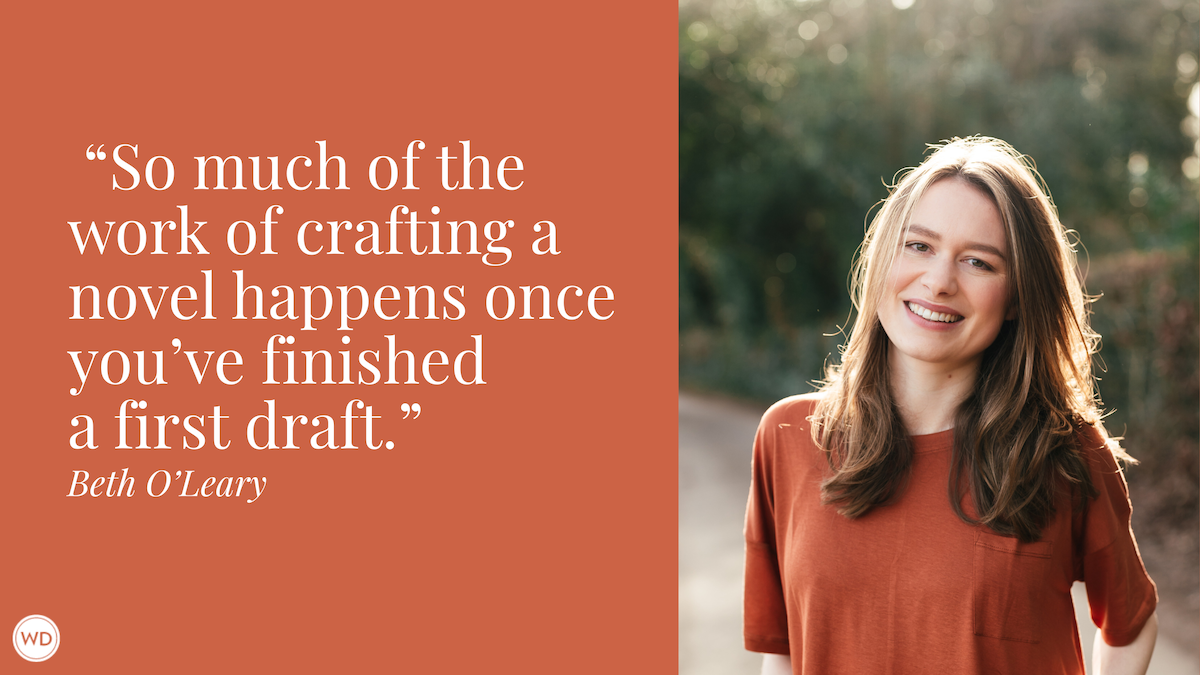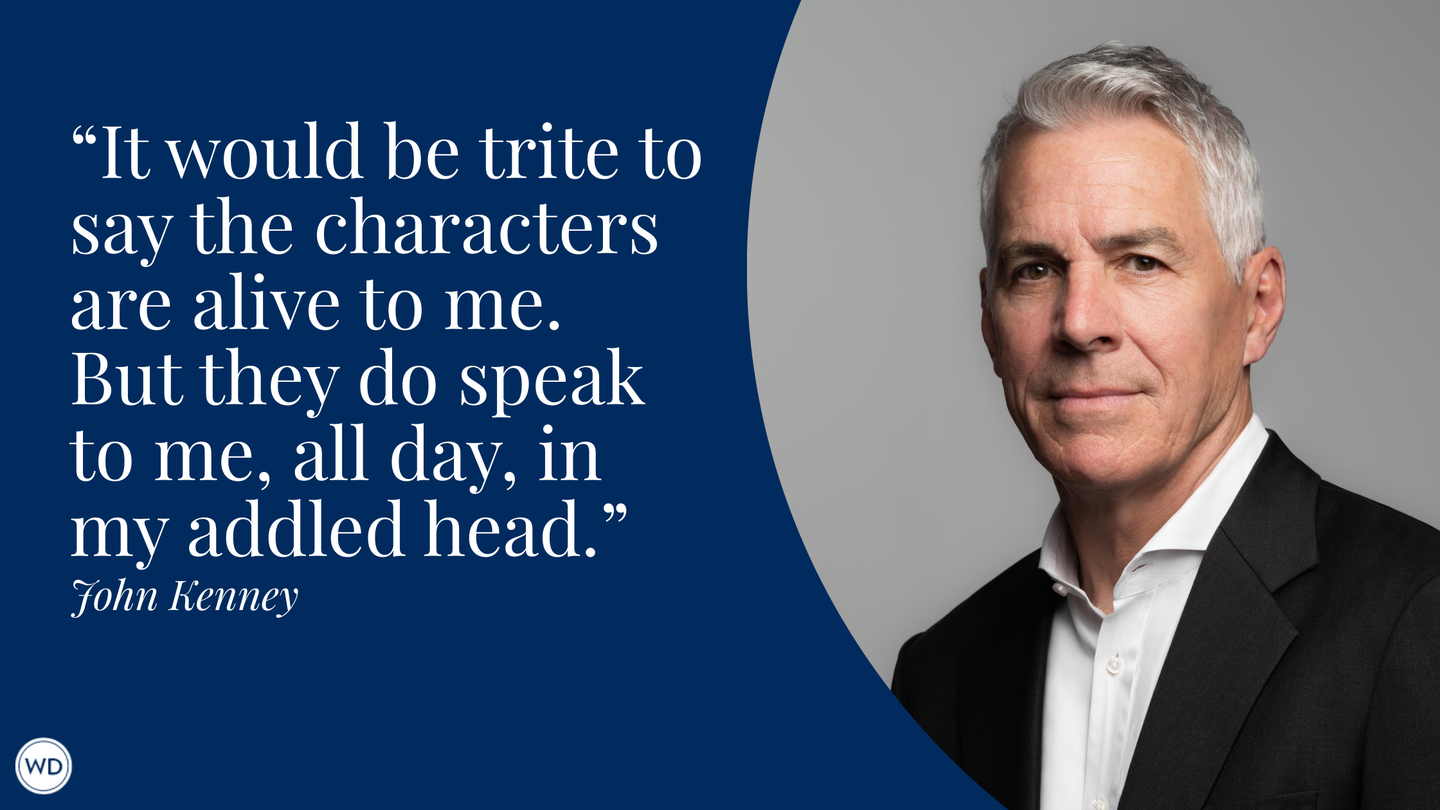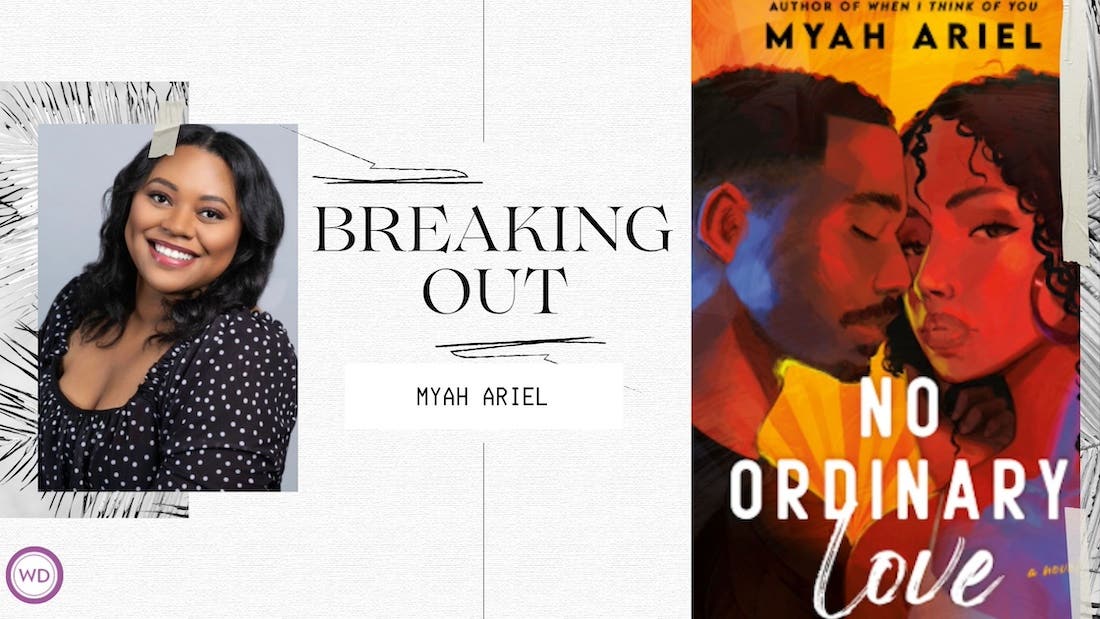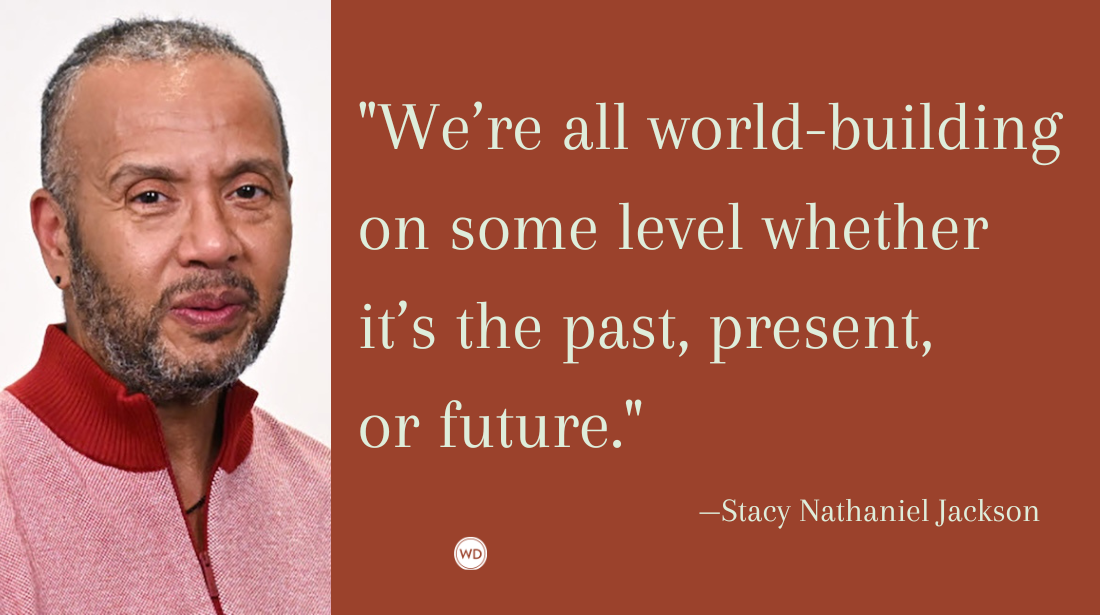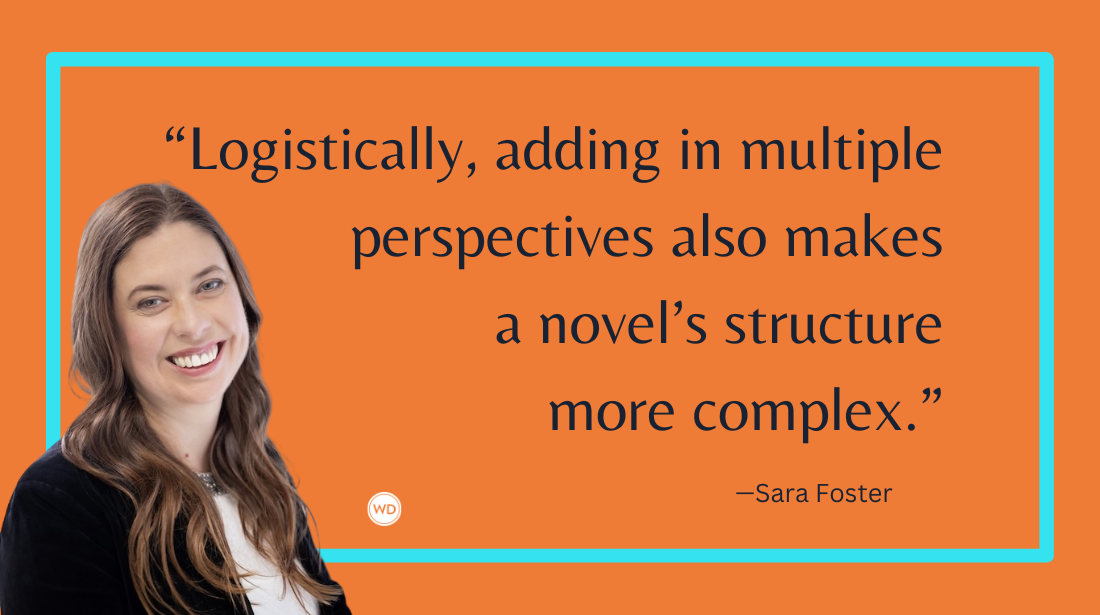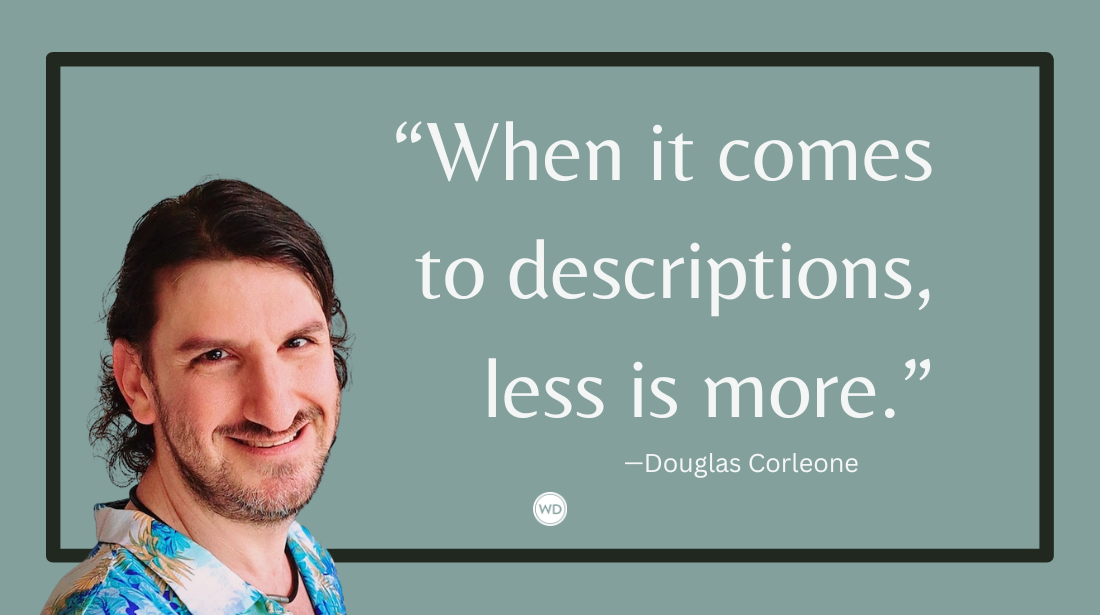3 Tips for Picking the Perfect Setting for Your Novel
Setting is an important piece to any story—it can reveal things about your characters, inspire readers to explore, and not to mention, it’s a fun part of the writing process. Author Sarah Echavarre Smith offers 3 tips for picking the perfect setting.
Location, location, location! It’s not just a mantra that enthusiastic real estate agents chant. It’s just as important to choose a compelling setting for your book. A killer setting helps establish the mood of a story, which goes a long way in hooking the attention of your reader. A captivating setting helps readers visualize the story as it unfolds and can make readers feel like they are right alongside your characters, embedded in the plot.
So how do you choose the perfect setting?
1. Choose some place unique
New York City, Los Angeles, London, and other big cities are often the go-to setting for a lot of books, especially romances and romcoms. And for good reason—they’re exciting and fun places! But don’t be afraid to pick a place a little different, like a cute small town. Or a small city that doesn’t get much attention in popular culture. Or a faraway remote island. Or the middle of nowhere.
Readers who are in the mood for something a little different will be drawn to the uniqueness. And it’s a great way to make your book stand out in a sea of big city-based stories. In my book On Location, I went the middle-of-nowhere route and chose southern Utah. With its expanse of red rock formations and fiery desert landscape, it’s one of the most beautiful places I’ve ever visited—but it isn’t a popular setting for romcoms and romances.
I wanted to highlight a lesser-known region in my book, but I was admittedly a tad nervous to see how people would respond to such an out-there setting. But I was blown away at the positive reaction from readers. So many of them loved it, saying that reading about the red rock terrain and national parks was an fun escape from their everyday lives.
Most of them had never been to southern Utah and felt transported to a whole different world while they read. Several even told me that they’re planning to visit southern Utah. That was such a joy to hear—and a testament to how well it can work out to pick a unique setting.
2. Research the heck out of it
No matter what location you choose to set your book, be sure to research it. You don’t want your reader to lose interest in your story because you didn’t take the time to thoroughly explore the setting. It’s a little easier if you live in that place or you’ve visited there, but it’s still very doable to set a vivid and compelling scene for your book, even if you haven’t physically been there.
That’s where Google Maps and other sites come into major play: you can virtually visit almost any place on the planet as long as you have internet. It’s been a helpful tool for me, a writer with a serious case of quarantine-induced wanderlust. I’ve spent a ton of time taking virtual tours via that tiny yellow cartoon Google Map guy, figuring out how long it takes to get from one spot to another so I can accurately describe the travel time in my book, and checking out scenic areas so I can describe them in detail.
IndieBound | Bookshop | Amazon
[WD uses affiliate links.]
The last thing I want is for a reader who has been to the area I’m writing about to think that I didn’t do the place justice.
3. Get weird with it
I saved the most bizarre tip for the last, but hear me out: You want your book to stand out, right? You want readers to pick your book to read over other books, right? Then don’t be afraid to get a little weird.
Are there towering phallic-shaped rock formations or buildings in that area that you can describe in hilarious detail? Work them into a scene. Is there a remote location that was the site of a supposed alien abduction? Set a scene there. Was some B-list horror movie filmed in the location where your characters are? Incorporate that tidbit in your characters’ dialogue.
Weirdness is memorable and attention grabbing. Yes, it’s ridiculous, but ridiculousness can be a lot of fun in a fictional story. And if you do it well, readers will love it.
(Note: Those phallic-shaped rocks are a real thing. They’re located in the Needles section of Canylonlands National Park and they get a shoutout in On Location.)
Sarah Echavarre Smith is a copywriter-turned-author who wants to make the world a lovelier place, one kissing story at a time. Her love of romance began when she was eight and she discovered her auntie’s stash of romance novels. She’s been hooked ever since. When she’s not writing, you can find her hiking, eating chocolate, and perfecting her lumpia recipe. Sarah is the author of Faker, Simmer Down, and On Location. You can connect with her on Instagram and Twitter.



